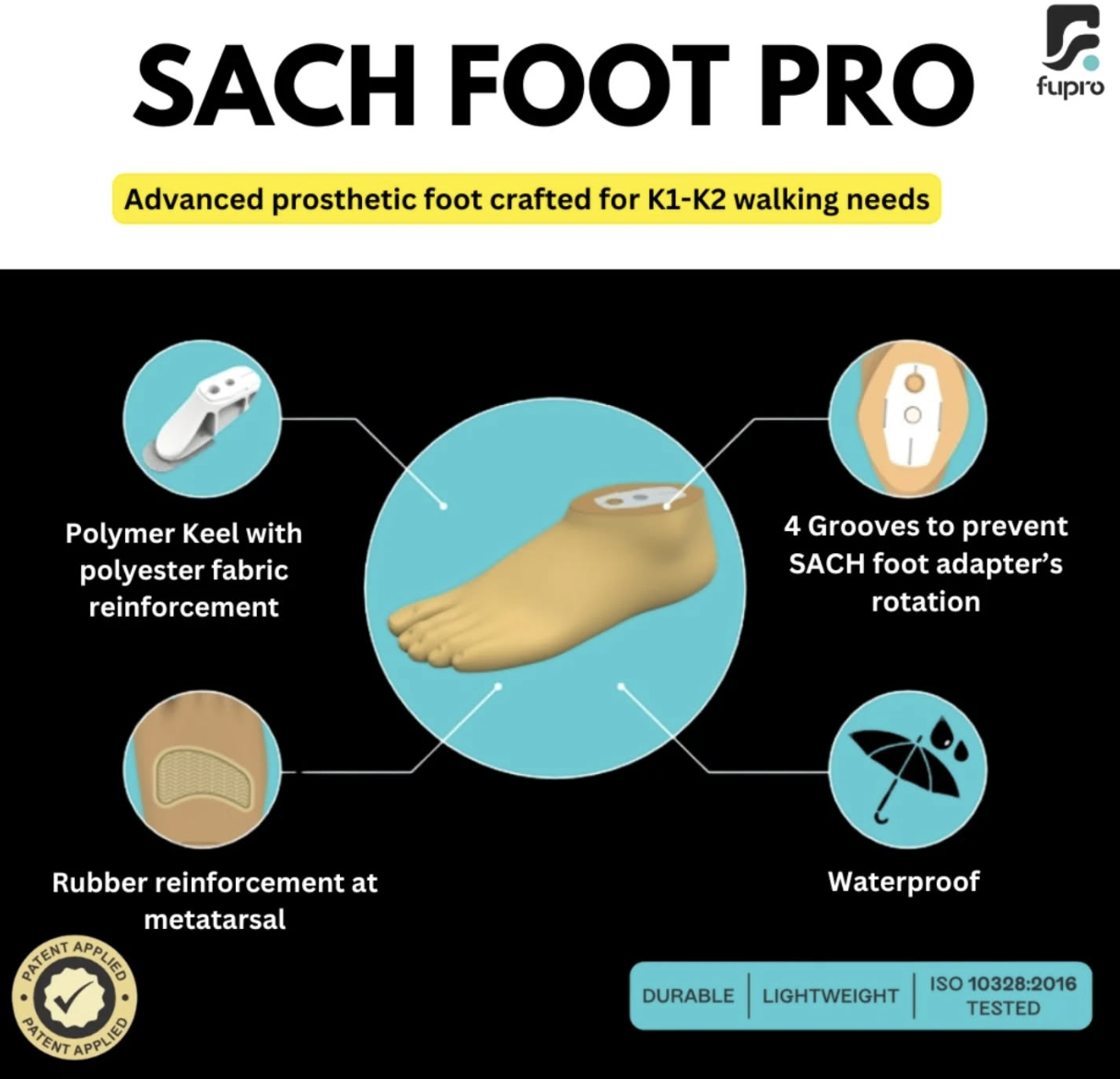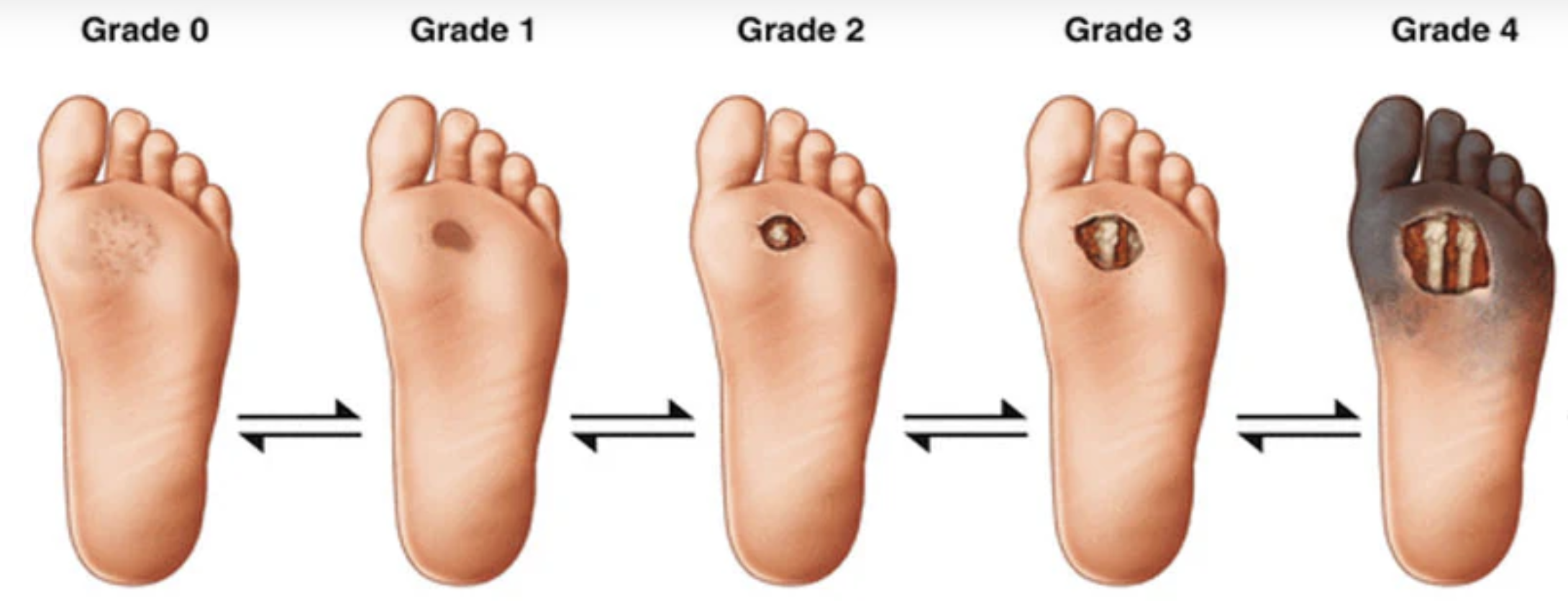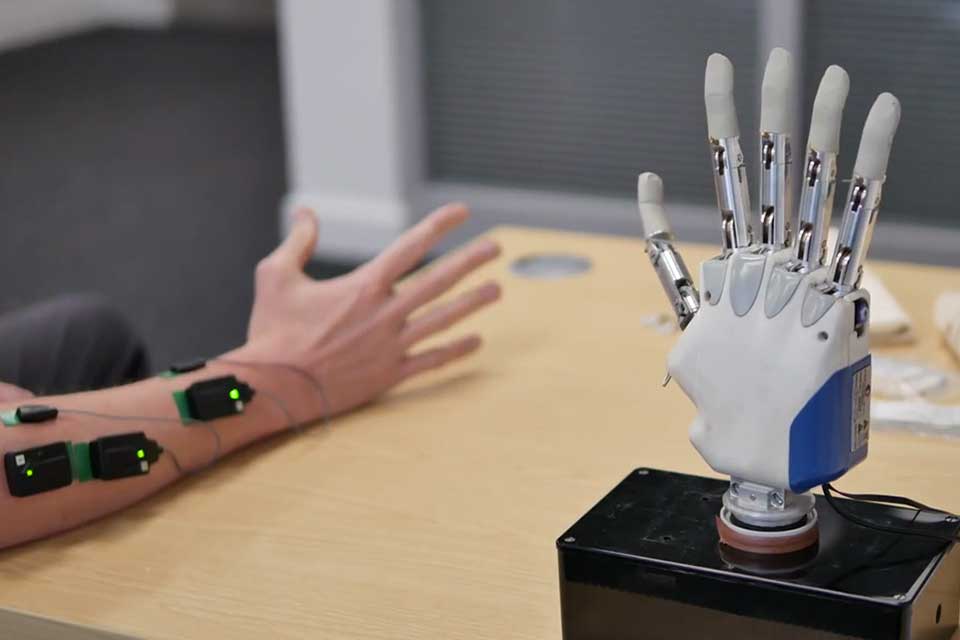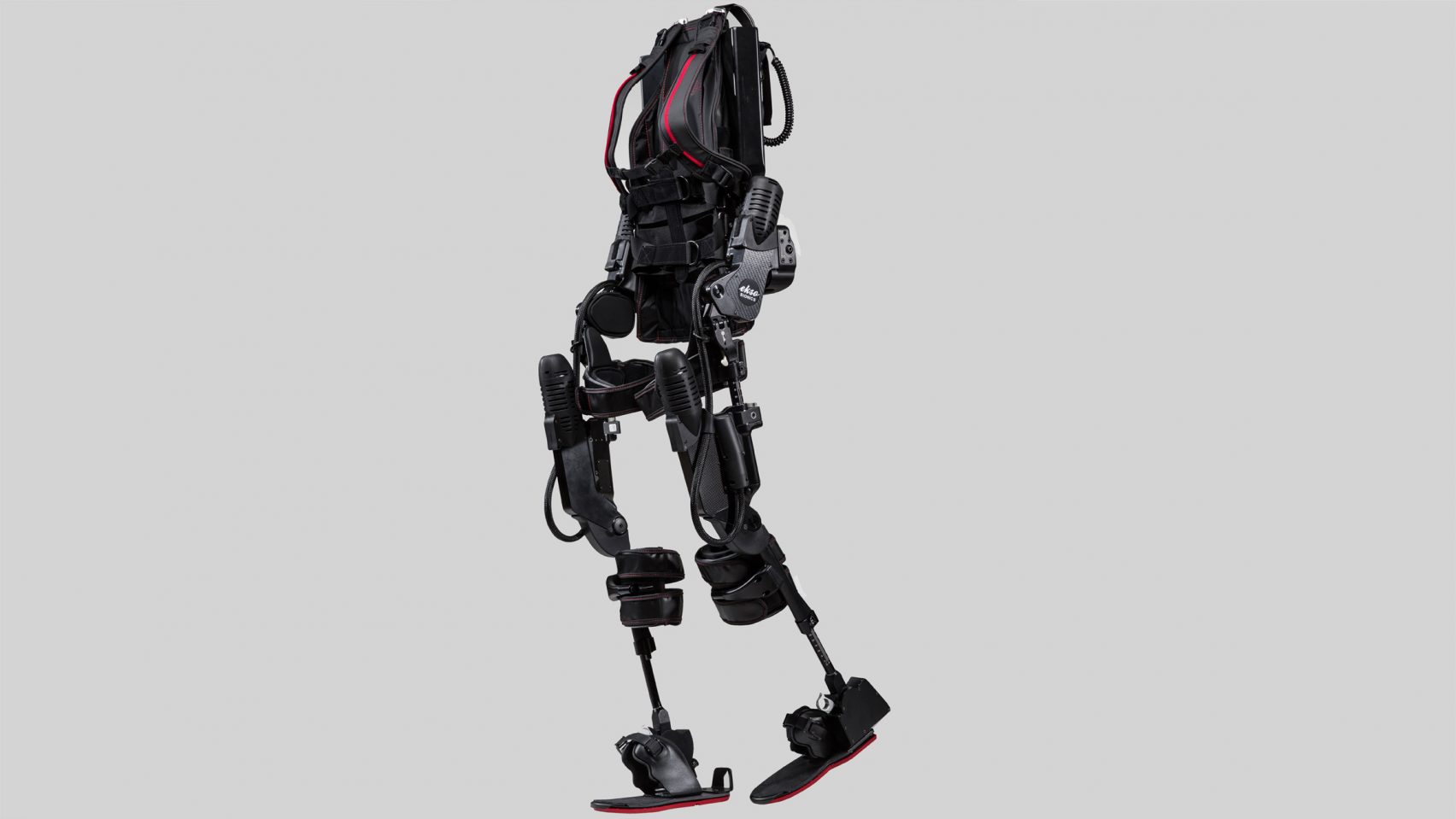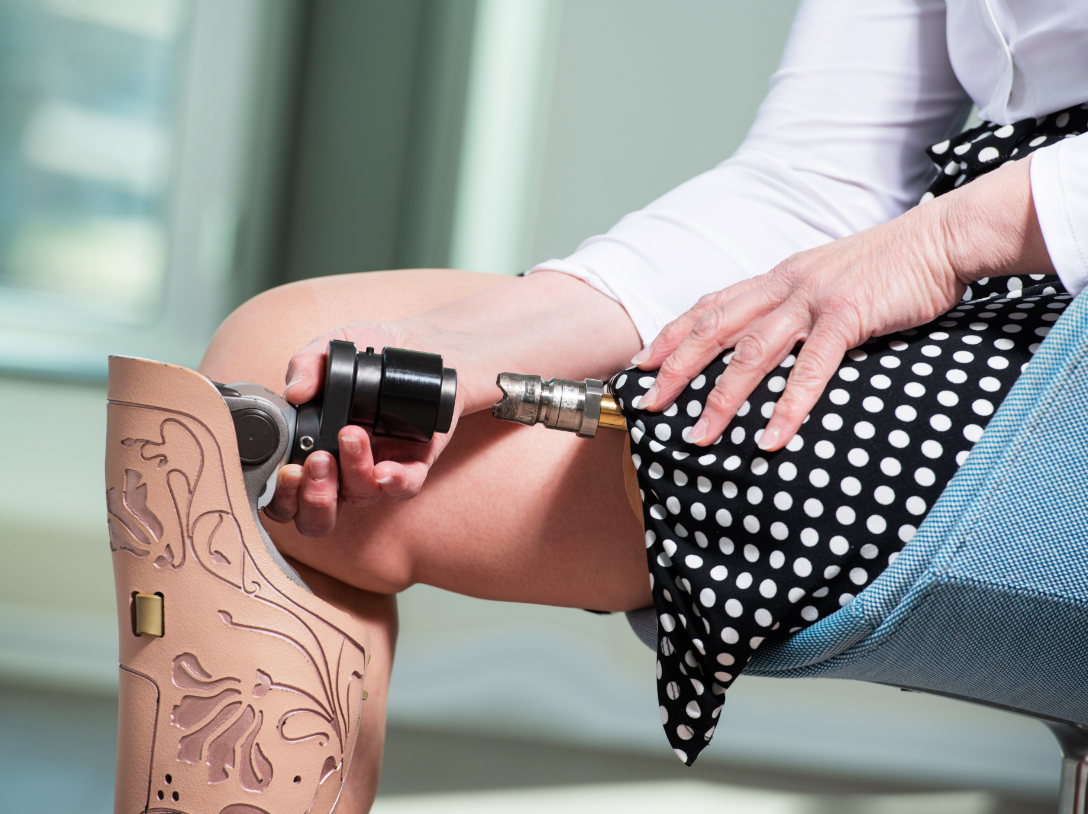Are lower-limb amputees at a high risk of malnutrition or undernutrition? Researchers seem to think so. In Singapore, a team of researchers found evidence—albeit limited—that showed a high prevalence of lower-limb amputees at risk of malnutrition and undernutrition.
The researchers scoured different related studies to find the link between malnutrition and poor post-amputation outcomes. Regardless of the study design, the team considered studies that enrolled adult patients with lower-limb amputation or foot amputation and performed pre-amputation nutrition assessments.
Seven studies met the criteria. In those studies, malnutrition was evaluated using anthropometry or biochemistry. But both nutrition screening tools aren’t considered validated.
However, the researchers noted that those study participants with abnormal biochemistry or anthropometry results were likely to report delayed wound healing, complications, and failed amputation.
Delayed wound healing, complications, and failed amputation were found in study participants with abnormal biochemistry or anthropometry results.
On the other hand, the link observed between abnormal biochemistry or anthropometry results and mortality was less consistent.
Only one of the seven eligible studies used a validated nutrition assessment tool. Its outcomes showed that half of the people with lower-limb amputation had a heightened malnutrition risk, but no association was seen.
Most studies used unvalidated nutrition screening tools because validated ones weren’t yet available when these studies were conducted. Some of the eligible studies were written before the release of the first validated tool—the Subjective Global Assessment.
Although the association between pre-amputation malnutrition and post-amputation clinical outcomes remains unclear, a study published in the Annals of Vascular Surgery in 2019 by Banning and colleagues reported that at least half of the patients who underwent lower-limb amputation were at risk of malnutrition.
At least half of the patients who underwent lower-limb amputation were at risk of malnutrition. And the majority of these individuals had poor appetite and weight loss.
In addition, a study published in International Orthopaedics in 1997 by Eneroth and colleagues found that the majority of these individuals had poor appetite and weight loss, which are common elements of malnutrition screening tools.
Even though the link between malnutrition and poor post-amputation outcomes in patients remains unclear, the researchers underscored the importance of routine assessment of malnutrition risk using validated nutrition screening tools in all patients before amputation.
Once malnutrition or undernutrition is detected, healthcare teams may administer nutrition interventions. The benefit of individualized nutrition interventions is seen in a randomized control trial published in the peer-reviewed journal The Lancet in 2019. The study reported diminished mortality and better clinical outcomes in patients at risk of malnutrition.


